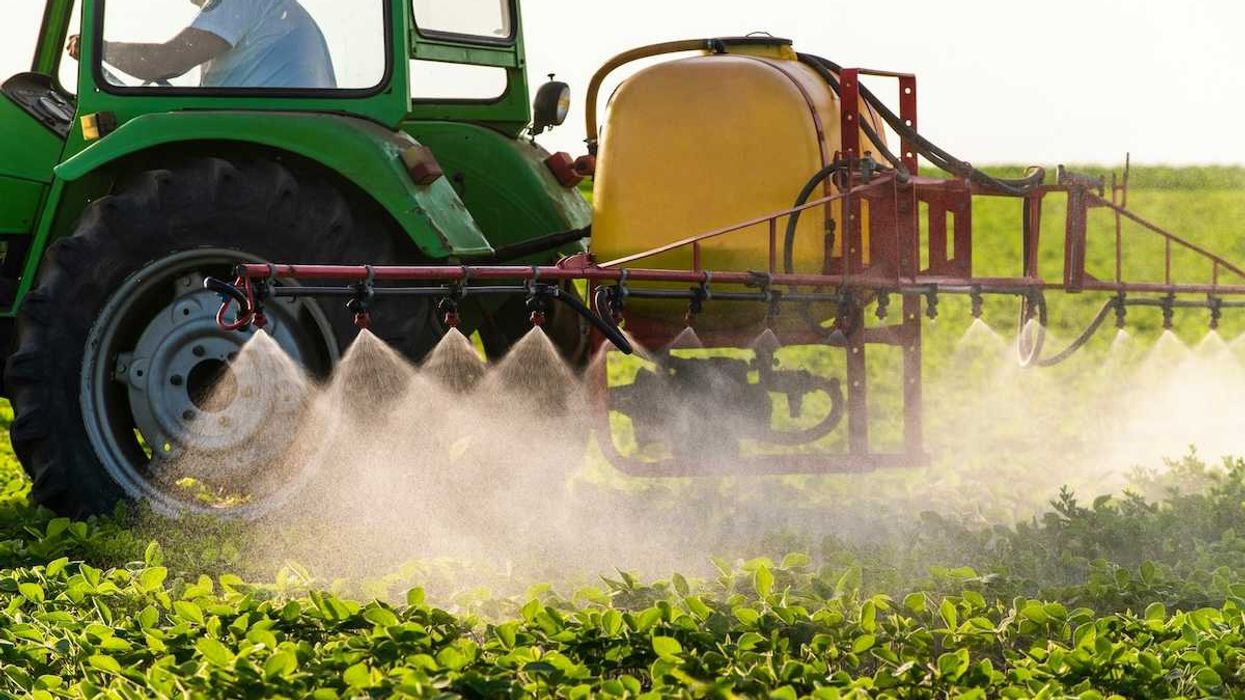Michigan state environmental regulators have ordered BASF to stop contaminated groundwater from flowing into the Detroit River, citing violations of a decades-old consent agreement.
Julia Cardi reports for The Detroit News.
In short:
- Michigan’s Department of Environment, Great Lakes and Energy (EGLE) says BASF’s extraction wells are underperforming, allowing up to 60 gallons per minute of polluted water to enter the river, far above the levels needed to contain contamination.
- The contaminated site contains hazardous substances like mercury and PFAS near the city of Wyandotte’s drinking water intake. EGLE has increased water monitoring, though current samples show no contamination in the city’s water supply.
- A whistleblower from EGLE alleges the agency has long failed to enforce the consent decree against BASF, though the state attorney general declined to pursue criminal charges, citing a lack of evidence.
Key quote:
"In 2021 and 2022, we did four rounds of quarterly sampling, and the results came back screaming. BASF has to meet water quality standards before their groundwater reaches the Detroit River. That's just basic."
— Art Ostaszewski, EGLE drone pilot program coordinator
Why this matters:
The flow of toxic chemicals like mercury and PFAS into the Detroit River raises serious concerns for both environmental health and public safety. PFAS, sometimes called “forever chemicals,” persist in the environment and can accumulate in fish, wildlife, and human tissue, posing long-term health risks including cancer, hormonal disruptions, and immune system effects. Mercury contamination can impair brain development in children and harm aquatic life.
The Detroit River, a key waterway connecting the Great Lakes, not only supports drinking water supplies but also serves as a vital resource for fishing, recreation, and commerce. Its pollution threatens ecosystems and community well-being across the region. Wyandotte’s proximity to the contaminated site increases the stakes, even though drinking water currently meets safety standards. Continued exposure or a failure in containment measures could jeopardize water quality and biodiversity.
Learn more: A community struggles with chemical exposure and health issues














